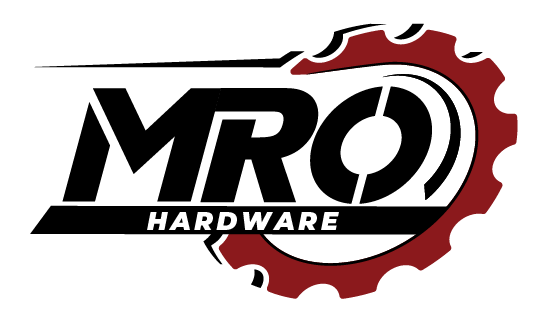When it comes to creating strong and permanent connections in construction or manufacturing, weld fasteners are essential. These components include nuts, screws, bolts, and washers, each designed for specific tasks. Weld fasteners form a super-strong bond that ensures components remain securely attached, providing stability and durability.

In our experience, weld nuts and weld studs are particularly valuable due to their versatility. Weld nuts, for instance, are often used to attach metal pieces together. These fasteners often involve precise engineering and can handle different materials and settings, from low carbon steel to stainless steel.
We recognize the importance of weld bolts as well. These are perfect for securing larger structures due to their robustness and reliability. By exploring the various types of weld fasteners available, we can better understand how these critical components contribute to successful projects.
Types of Weld Fasteners

In the realm of weld fasteners, there are several key types that serve various needs. These include weld nuts, weld screws and studs, and specialized weld fasteners. Each has unique characteristics and applications.
Weld Nuts
Weld nuts are internally threaded fasteners used to join parts securely. We see them in steel structures where tamper resistance is crucial. They come in different shapes like hex and square, with variations in pilot design. Common materials include low carbon steel and stainless steel. Weld nuts ensure a tight, threaded connection without needing extra tools. They’re preferred where strength and reliability are necessary. We should note their role in applications that require high durability.
Weld Screws and Studs
Weld screws and studs are designed for strong bonds in metal structures. They might have either external threads (screws) or be smooth (studs). Weld screws, with their threaded design, allow components to join together firmly. Materials such as inconel, titanium, and hastelloy may be used for added durability. Weld studs are suitable for permanent attachments. We often use capacitor discharge (CD) welding for these fasteners, making quick, precise connections possible without the need for through-hole drilling. Their versatility makes them suitable for various industrial applications.
Specialized Weld Fasteners
Specialized weld fasteners cater to more specific uses. These might include turned eye bolts, pins, or rivets for unique applications. Materials such as incoloy, monel, and other alloys offer high resistance to heat and corrosion. These fasteners are ideal in environments where standard fasteners might fail. Clamps and tie-downs are used to secure parts during welding. Inserts provide a threaded socket, especially useful in soft metals. These fasteners ensure that projects requiring precision and specialty materials achieve maximum effectiveness. They offer tailored solutions for complex fastening challenges.
Application and Installation
When installing weld fasteners, we must consider proper preparation and ensure that the installed fastener maintains structural integrity. Weld nuts, for example, are great for joining components securely.
Preparing for Welding
Before we begin welding fasteners like weld nuts, it’s crucial to prepare the area properly. Ensuring the metal surface is clean and free of paint or coatings is key. Such preparation involves using a wire brush or another cleaning tool to remove any debris. Clean surfaces help the weld grip better, making the connection solid. Trim any excess materials around the area to minimize interference.
Once the surface is ready, we align the fastener to the intended position. Speed is important; working quickly while maintaining accuracy helps prevent complications. Proper positioning is vital as it determines the overall security of the connection. Check alignment a couple of times before proceeding with the weld.
Ensuring Structural Integrity
After welding, it’s essential to verify that the joint will hold up under stress. Structural integrity relies on the correct application of pressure during the welding process. For example, when working with low carbon steel weld nuts, pressure can range from 300 to 1,000 psi. Consistent pressure helps the fasteners embed securely into the components, ensuring they won’t loosen.
We should conduct a visual inspection to confirm the weld is even and free from defects. Performing a stress test assures us that the fastener meets security standards. The weld should sustain typical forces without failing, ensuring the reliability of the entire assembly. If cracks or weak spots are detected, additional reinforcement techniques may be necessary.

